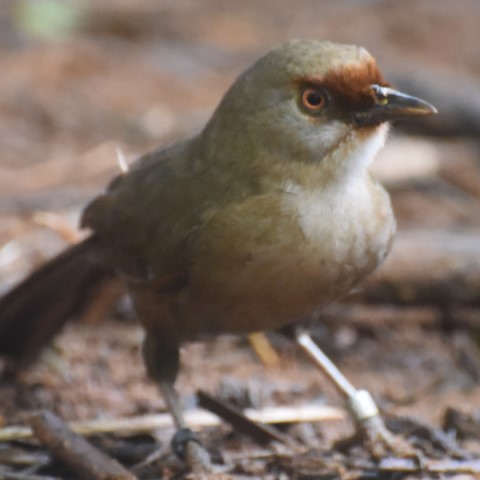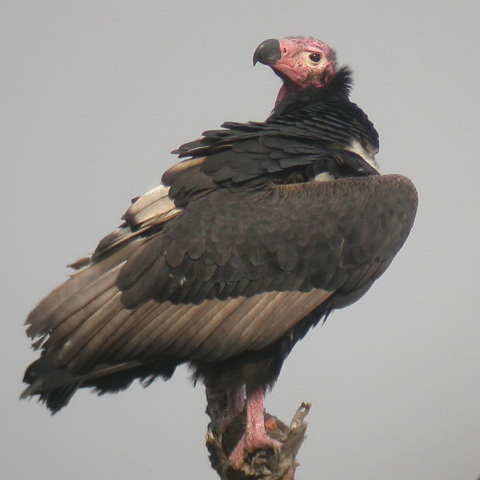Conservation Actions
Conservation Actions UnderwayCITES Appendix I. CMS Appendix II. Throughout the 1950s there were attempts to clarify its status, culminating in a literature and museum specimen review. It was subsequently searched for in some key areas. Since 1956, it has been legally protected. Since 2003, BirdLife International in Indochina and the Biodiversity and National Conservation Association (BANCA) have conducted a number of searches in Kachin State, Myanmar, the most recent taking place in January 2008 (Eames 2008). A search was conducted around Khamti in north-west Myanmar in January 2014 but was unsuccessful (Thorns 2014).
Conservation Actions Proposed
Locate (provisionally using satellite imagery) and systematically survey any remaining remote and large tracts of suitable habitat within its former range, particularly north Bihar, Assam, India, and Kachin, Rakhine and possibly Chin States, Myanmar, and interview local hunters. Attempt night-time surveys given the species's potential nocturnal habits (Tordoff et al. 2008). Should it be rediscovered, stringent protection measures should be implemented to ensure the survival of any populations. Where possible introduce formal protected area status or non-formal management by local stakeholders for key wetland sites that may support this species (and which are known to support other Globally Threatened waterbirds) (Tordoff et al. 2008).
Location Information
Rhodonessa caryophyllacea was locally distributed in the wetlands of India, Bangladesh and Myanmar, and occurred rarely in Nepal, with most records from north-east India and adjacent Bangladesh. It was always considered uncommon or rare, and genetic analyses have suggested that the effective population size may have been small for potentially thousands of years (Ericson et al. 2017). It was last definitely seen in the wild in 1949, surviving until around the same time in captivity. Recent "sightings" and positive leads from a series of questionnaires about its possible continued existence in north-east India were the result of confusion with Red-crested Pochard Netta rufina. Surveys of the Sompeta Wetland in Andhra Pradesh identified potential suitable habitat for the species, although no individuals were seen (Sebastian et al. 2017).Five searches in Kachin State, Myanmar, between April 2003 and December 2006 gained a possible sighting (in 2004), and credible reports from local fishermen, including the most convincing reports to date during the 2006 survey focused at Nawng Kwin and the grasslands and oxbow lakes along the Indawgyi River, suggests that it may still occur in the area (Tordoff et al. 2008). Further searches took place in January 2008 in northern Kachin State, focusing on the three sites from which there had been recent reports or claims, but the team failed to find convincing evidence of the species's continued existence there (Eames 2008). In January 2014, a small team conducted a search around Khamti in north-west Myanmar following a possible sighting of the species by a farmer in 2011 (R. Thorns in litt. 2013). The search did not find evidence of the species in this area (Thorns 2014).
Geographic Range
Possibly Extinct
Bangladesh, India, Myanmar




